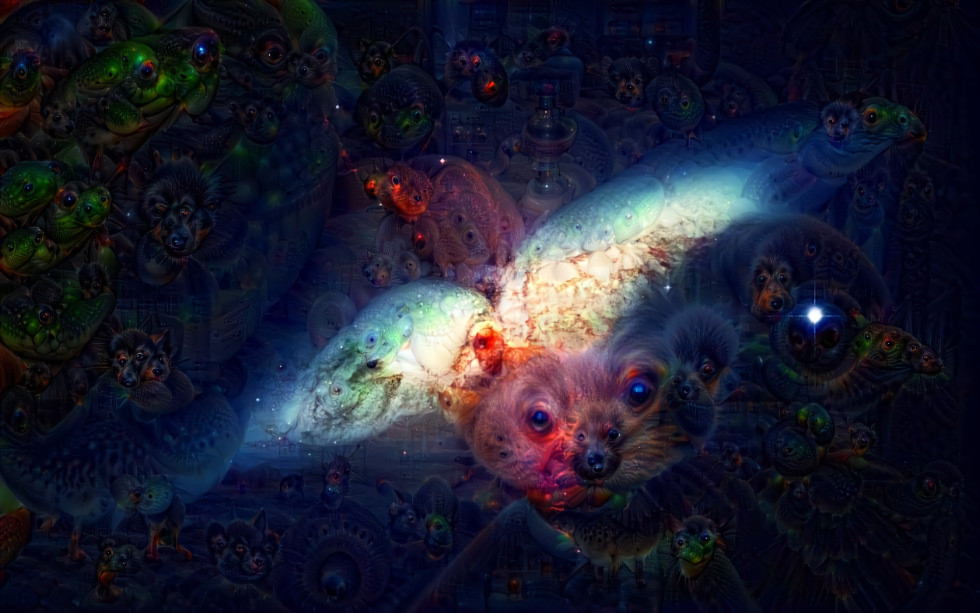“71 e jaculatory dysfunction (ejd) is one of the most common male sexual disorders. the spectrum of ejd extends from premature ejaculation (pe) through delayed ejaculation (de) to a complete inability to ejaculate (known as anejaculation) and includes retrograde ejaculation (re), painful ejaculation, ejacula-tory anhedonia, and the recently described postorgasmic illness syndrome (pois). the sexual response cycle comprises the four interactive stages of desire, arousal, orgasm, and resolution. during sexual activity, increasing levels of sexual arousal reach a threshold that triggers the ejaculatory response, which then typically terminates the sexual episode for the male. the perception of the striated muscle contractions and resulting semen expelled during ejaculation, mediated through sensory neurons in the pelvic region, gives rise to the experience of orgasm, a distinct cortical event, experienced phenom-enologically, cognitively, and emotionally. ejaculatory latency, the time extending from the onset of penile stimulation to the moment of ejaculation, represents a continuum of time that shows variation across men and, within men, across situations. although the great majority of men appear to reach ejaculation and orgasm after several minutes of penile vaginal stimulation and are, along with their partners, satisfied with the latency of their ejaculatory response, others report dissatisfaction. specifically, some men ejaculate very rapidly after, or sometimes even before, penetration and do so with minimal stimulation. others may ejaculate only with great difficulty or not at all, even after prolonged stimulation (mcmahon et al., 2013). anatomy and physiology of the ejaculatory response the ejaculatory reflex comprises sensory receptors and areas, affer-ent pathways, cerebral sensory areas, cerebral motor centres, spinal motor centers, and efferent pathways (fig. 71.1). the brain circuitry controlling ejaculation is part of a more global network controlling other aspects of the sexual response. neurochemically, this reflex involves a complex interplay between central serotonergic and dopaminergic neurons, with secondary involvement of cholinergic, adrenergic, oxytocinergic, and γ-aminobutyric acid (gaba) neurons. the peripheral events leading to ejaculation are controlled by syner-gistic activation of autonomic (sympathetic and parasympathetic) and somatic divisions of the nervous system. in addition, nonadrenergic noncholinergic (nanc) innervation…”





